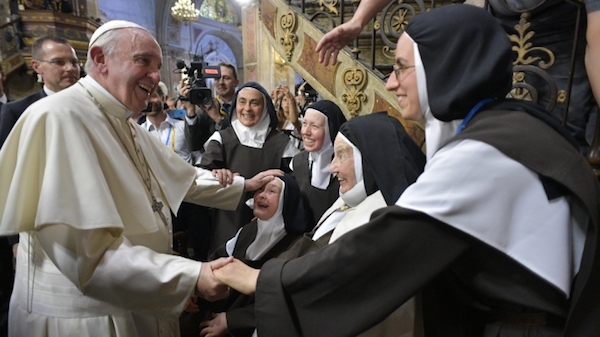
Papal apologies for the Catholic church’s behavior are a relatively recent phenomenon. Pope John Paul II, who held the title between 1979 and 2005, was the first to issue them. His successor, Benedict XVI, timidly followed that precedent; but it is Pope Francis who has turned the symbolic apology into something of a masterstroke, helping to shift the church’s atonement from a focus on historical wrongs to accepting moral responsibility for more current events.
In January 2017, Pope Francis met with Chilean survivors of sexual abuse by Catholic priests to apologize to them personally. It was a strikingly intimate gesture that demonstrates how the concept of papal apologies has evolved. Here’s a look at some of the most important apologies the church has made.
Galileo
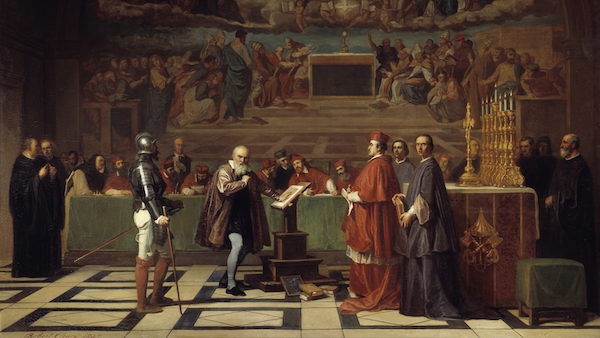
This first apology was one of over 100 that John Paul issued during his time as pope, most of which concerned the church’s historical misdeeds. Yet not everyone was happy about this new turn in the papacy.
“There were some misgivings because many thought that would weaken the public standing of the Catholic church,” says Massimo Faggioli, a professor of theology and religious studies at Villanova University. “Some bishops or some cardinals evidently grew tired of this pope who thought that it was good for the church to apologize.”
Slavery, Colonialism & the Holocaust
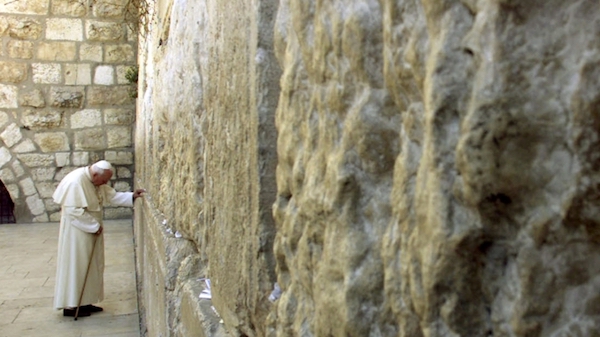
But John Paul also apologized for some things the church had done more recently, which proved to be more controversial than his attempts to redress historical wrongs. One example is in 1998, when he apologized for the church’s inaction during the Holocaust.
“In doing that, John Paul had to be careful,” Faggioli says. This is because there was and still is a controversy about how much Pius XII, the pope during World War II, did to help Jewish people during the Holocaust. Pius has been criticized for remaining largely silent about the atrocities.
“John Paul didn’t want to get involved in a historical dispute,” he says. “And so he made a case on the need of Catholics to repent and to be aware [of] their responsibility during the Holocaust without addressing directly the issue of what the pope during World World II had done.”
Sexual Abuse
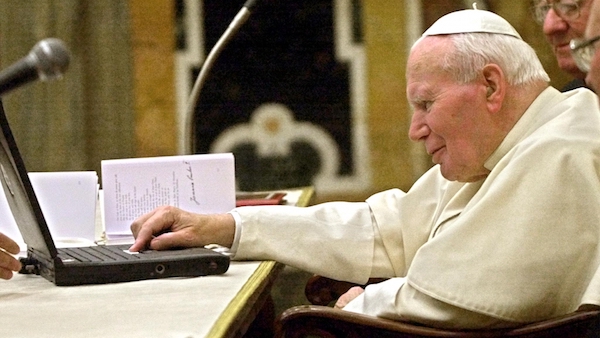
This was the first expression of regret that the church had made about the large number of priests who had sexually abused children, which the church had actively covered up. Benedict XVI, who was much stingier about papal apologies overall, issued a second one regarding sexual abuse in 2010. Pope Francis issued the third in 2015 and another in 2018, specifically to survivors in Chile.
Although John Paul began the church’s attempt to reckon with both the sexual abuse of priests and the church’s complicity in that abuse, Faggioli says that Francis has pushed this recognition even further. “Under John Paul II, and to some extent to Benedict XVI, there is still the idea that the sex abuse crisis was a North American problem.”
But for Francis, this abuse is a larger, ongoing problem that the church must reckon with.
Francis’ Modern Issues

Francis’ focus on sexual abuse also demonstrates another shift of his papacy. While he still issues apologies for historical wrongs, he’s also focused on the church’s more recent and even current behavior.
In 2016 and 2017, Francis issued apologies to refugees for some Catholics’ unwillingness to welcome them to their countries; to the LGBT community for the church’s discrimination against them; and to Rwanda for the church’s role in the country’s 1994 genocide.
Unlike the early ‘90s when John Paul first expressed formal regret over the church’s behavior, “an apology for Catholic sins in the 17th, 18th, 19th century, would not be breaking news today,” Faggioli says.
Since he became the pontiff in 2013, Francis has completely changed the type of behavior that people expect a pope to ask forgiveness for.

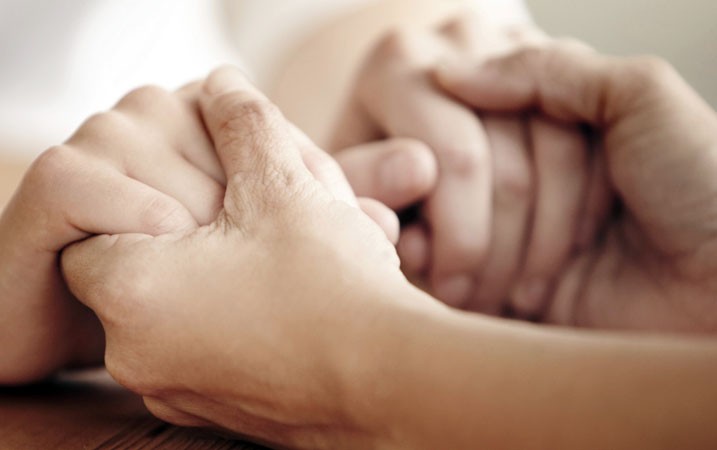
 I ask your forgiveness,” he continued.
I ask your forgiveness,” he continued.